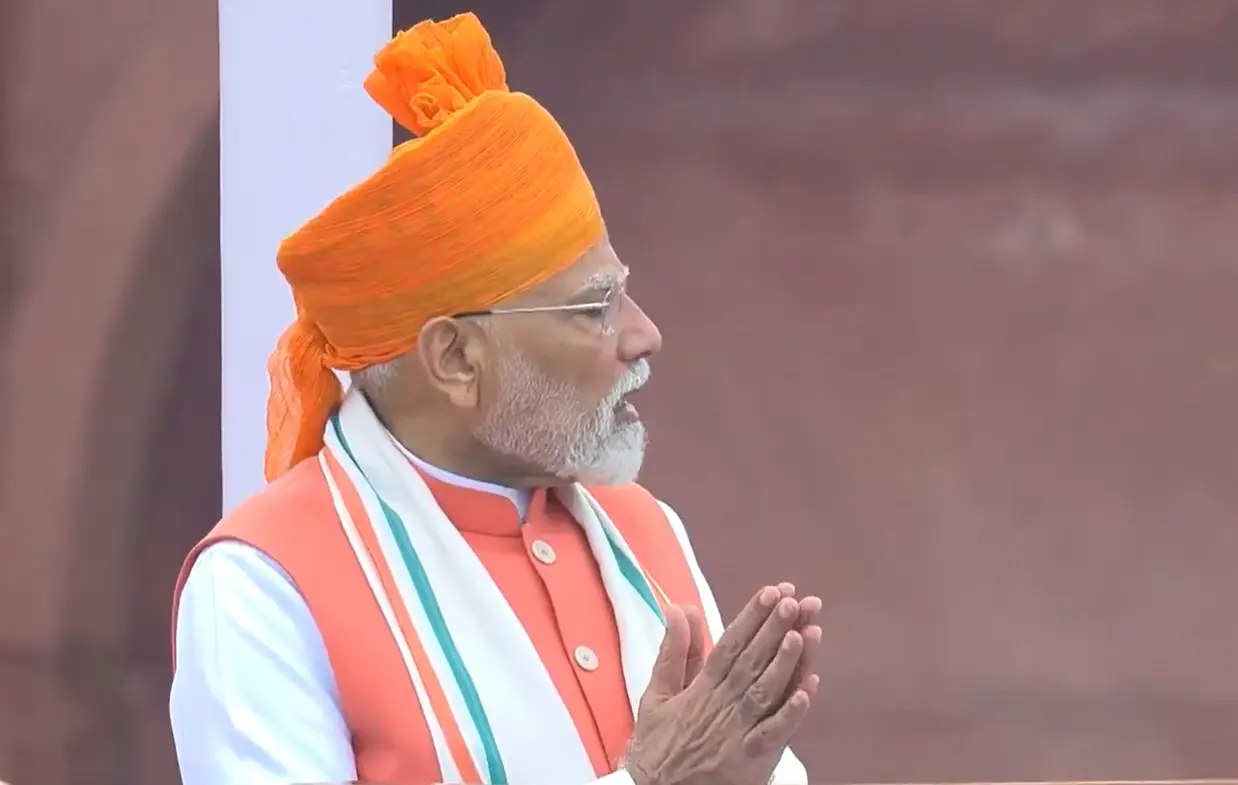
GST 2.0: A Bold Leap Toward Tax Reform Amid Political Buzz
GST 2.0: India Tax Revolution – In a bold move that could reshape India’s economic landscape, the central government has unveiled the blueprint for GST 2.0, promising a simplified, two-slab tax structure and a single national rate. Hailed by government sources as a “game changer,” the reform aims to reduce compliance burdens, boost consumption, and streamline the country’s complex tax system. But the announcement has also reignited political tensions, with the ruling party accusing the Congress of “hypocrisy” for claiming credit for reforms it once opposed.
From Complexity to Clarity: What GST 2.0 Proposes
The proposed overhaul of the Goods and Services Tax (GST) system includes a dramatic simplification of the current multi-slab structure. The draft blueprint suggests:
- Two primary tax slabs: 5% for essential goods and 18% for most other items
- Elimination of 12% and 28% slabs
- Phasing out the compensation cess by March 2026
- A 40% levy on sin goods such as tobacco and luxury items
Currently, GST includes five main slabs—0%, 5%, 12%, 18%, and 28% along with special rates for precious metals. The new structure is designed to reduce litigation, improve compliance, and make taxation more predictable for businesses and consumers alike.
Prime Minister Narendra Modi, during his Independence Day speech, promised a “double Diwali” for citizens, hinting at lower taxes and a more transparent system. “We are bringing next-generation GST reforms. This will reduce the tax burden across the country,” he said.
Political Crossfire: Congress vs. BJP on GST Legacy
The announcement has triggered a war of words between the BJP-led government and the Congress party. Congress leaders, including Jairam Ramesh, argue that the reforms echo their long-standing demands for a simplified GST structure. They cite Rahul Gandhi’s 2018 statements advocating for a cap at 18% and a streamlined tax regime.
However, government sources have pushed back, accusing Congress of opportunism and selective memory. “They weren’t even present in Parliament when the landmark GST law was passed in 2017,” a senior official noted. The BJP claims that Congress resisted the original rollout and is now attempting to claim credit for reforms it once opposed.
This political tug-of-war underscores the deep ideological divide over economic policy and governance. While both parties now appear to support simplification, the debate over who deserves credit has overshadowed the substance of the reform.
Impact on Businesses and States: Relief or Risk?
For India’s vast network of Micro, Small, and Medium Enterprises (MSMEs), GST 2.0 could be transformative. The simplified structure is expected to reduce compliance costs, minimize classification disputes, and encourage formalization. Traders and manufacturers have long complained about the complexity of the current system, which they say stifles growth and innovation.
However, concerns remain over revenue stability for states. The phasing out of the compensation cess—currently used to offset state losses, has raised alarms among finance ministers. Congress leaders have demanded its extension to ensure fiscal balance during the transition.
The reform blueprint will be reviewed by a group of state finance ministers later this week. Their feedback will be crucial in determining whether GST 2.0 can achieve consensus across party lines and regional interests.
India Tax Revolution – A New Chapter in India’s Tax Story
Since its launch in July 2017, GST has unified dozens of state and central taxes into a single framework. While hailed as a landmark reform, it has faced criticism for its complexity, uneven implementation, and frequent rate changes. GST 2.0 seeks to address these shortcomings and restore faith in the system.
If implemented successfully, the new structure could boost private consumption, attract investment, and enhance India’s ease of doing business. It also aligns with global best practices, where fewer tax slabs and broader bases are considered more efficient.
Yet, the road ahead is fraught with political and administrative challenges. Achieving a single tax rate across a diverse economy like India’s will require not just policy finesse, but political will and cooperative federalism.
GST 2.0 is more than a tax reform, it’s a test of India’s ability to evolve, adapt, and unify. Whether it becomes a true game changer or another chapter in partisan rivalry will depend on how the government and opposition choose to engage, with vision or with vendetta.
ITR-2 Goes Live: A Welcome Boost for Taxpayers Navigating the New E-Filing Experience
GST Shake-Up Ahead: India Eyes 12% Slab Elimination to Simplify Tax Maze
Stay updated with latest updated news blogs on Rapido Updates.
1 thought on “GST 2.0: India Tax Revolution Sparks Reform and Triggers Political Fire”
Comments are closed.